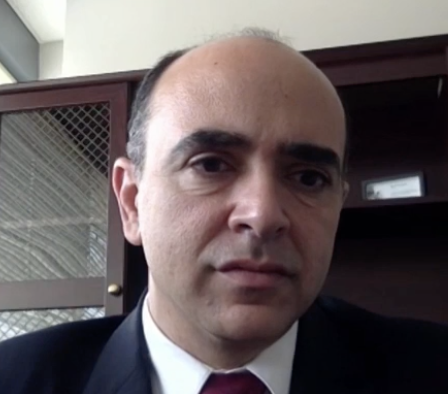Transcatheter Aortic Valve Replacement: An Update in Bicuspid Aortic Valve Disease
Published: 13 July 2020
-
Views:
 324
324
-
Likes:
 7
7
-
Views:
 324
324
-
Likes:
 7
7
Overview
Considering the promising outcomes and FDA approval in low-risk patients, the number of transcatheter aortic valve replacement (TAVR) procedures is expected to increase significantly in the coming years. According to the most recent data presented at the American College of Cardiology (ACC) 2020, bicuspid aortic valve disease (BAV) patients who undergo TAVR procedures had a low risk of death or disabling stroke and high rate of success with a newer self-expanding artificial valve (Evolut supra-annular self-expanding valves, Medtronic). Further, BAV patients reported to have a similar rate of death compared with tricuspid aortic valve disease patients following TAVR using the balloon-expandable valve (Edwards Sapien 3, Edwards Lifesciences).
Improving efficacy and reduction in operator variability is essential to ensure the adoption of TAVR for BAV patients. In particular, the BAV morphologies will remain challenging and require accurate pre- and peri-procedural work up.
This programme has therefore been designed for an audience of cardiologists and surgeons to build their understanding of bicuspid valve disease and classifications, clinical trial data supporting TAVR in low-risk bicuspid patients, implant techniques, and device considerations for bicuspid patients.

Learning Objectives
- Describe the Latest Data in Bicuspid Valve Disease and Understand the Classifications
- Critically Evaluate Clinical Trial Data in TAVR in Low-Risk Bicuspid Patients
- Review Implant Techniques and Device Considerations for Bicuspid Patients
More from this programme
Part 1
Programme Introduction and TAVR in Low Risk Bicuspid Patients: Critical Review of the Clinical Evidence
Part 2
Implant Techniques and Device Selections for Bicuspid Patients
Part 3
TAVR in Bicuspid Patients: Case Reviews
Part 4
Discussion and Q&As
| 1 session | |
| Discussion and Q&As | Watch now |
Faculty Biographies

Nicolas M Van Mieghem
Medical Director
Prof Nicolas Maria Van Mieghem is an Interventional cardiologist at Thoraxcenter, Erasmus MC, Rotterdam, NL decided to pursue a career that would help others. “I enjoy the feeling of being able to help someone or do something important for them". His father was a general cardiologist and one of his biggest influences early in his career.
Prof Van Mieghem initially intended to train as a cardiac surgeon but decided to specialise in interventional cardiology instead, following advice from a mentor. This decision was cemented when he read the first-in-human case report of transcatheter aortic valve implantation (TAVI) in Circulation by Alain Cribier in 2002. Prof Van Mieghem believes that great cardiologist genuinely cares for their patients. He names Gary Roubin, Dr Manu Malbrain and Professor Patrick Serruys among his mentors.
His current research focuses on cerebral embolic protection during TAVI and the search for improved…








